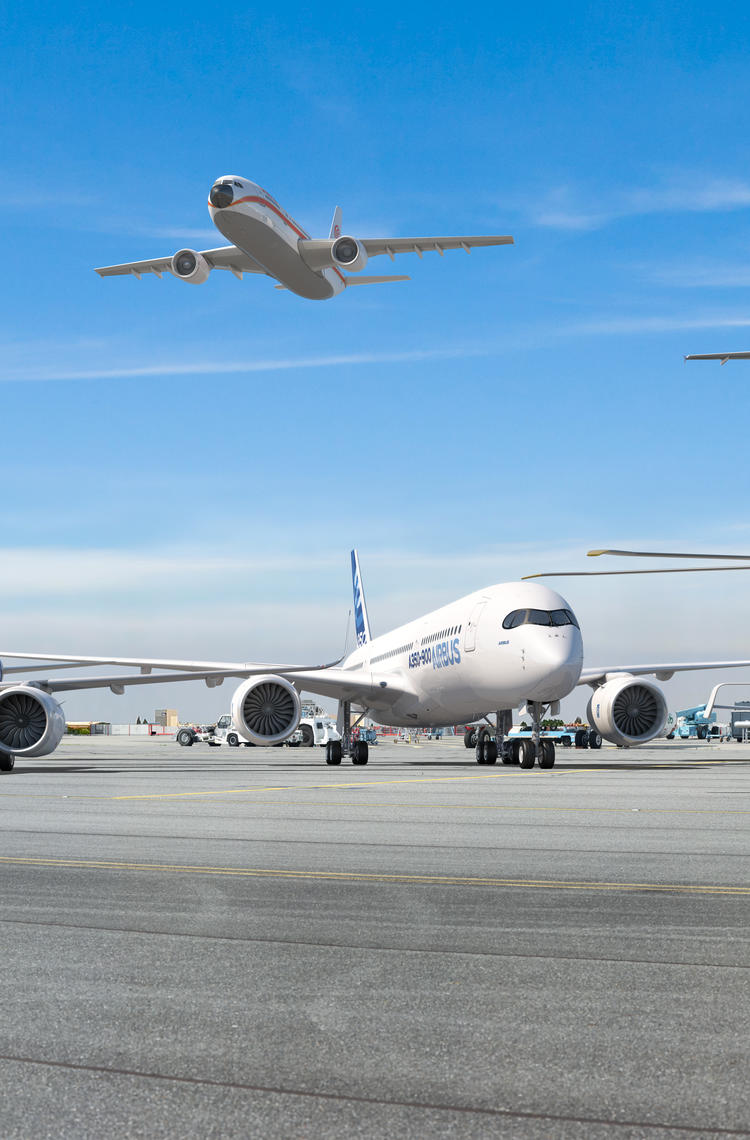Descended from legends
In the late 1960s predecessor companies in France, Germany, the UK and Spain increasingly cooperated together, not only on the Airbus A300 programme, but also in the fields of rotary wing aircraft, air power and space. This is the story of how cooperation would lead to integration and the emergence of the industry leader Airbus is today.
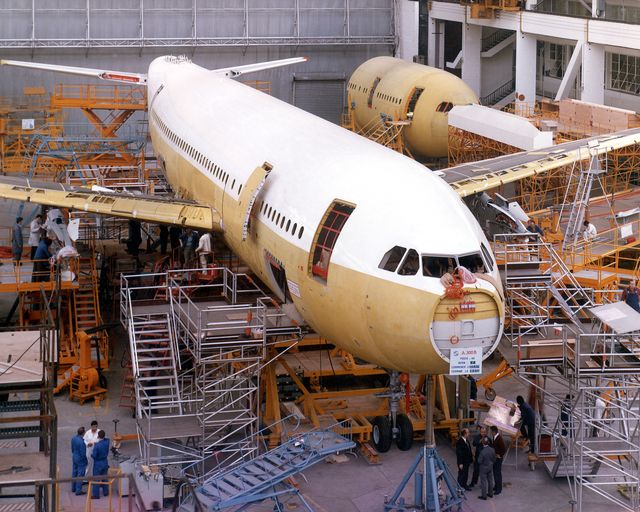
Commercial aircraft history
The advent of the jet engine in the 1950s, revolutionised commercial air transport. The Sud Aviation SE.210 Caravelle, was one of the most advanced jetliners of its time with many innovative features. France's Sud Aviation and UK's BAC followed up with the Concorde, a symbol of successful technical cooperation, cutting edge technology and performance, which remains unrivalled. Many firsts introduced by Concorde would go on to benefit its descendants.
In 1972, Airbus presented the A300, the first twin-engine wide-body airliner, marking the beginning of a new era for air transport with increased passenger capacities and unrivalled operational efficiency.

Helicopters history
The history of the helicopter in Europe began in the 1920s and 1930s with autogyros and early rotorcraft designed by Juan De La Cierva, Paul Cornu and Heinrich Focke amongst others. But it wasn't until the 1950s that the industry really took off with the successful development of helicopter families by Sud-Aviation and Bolkow/MBB in Germany.
The merger of the helicopter divisions of France's Aérospatiale and Germany's Dasa, in 1992, gave birth to Eurocopter, which would become a world leader in its field. In 2014, Eurocopter became Airbus Helicopters, strengthening the group's position in the rotorcraft sector thanks to its successful range of helicopters.

Defence history
In the aftermath of the second World War a series of cooperation projects between France and Germany (the Nord Noratlas, Fouga Magister) followed by the joint development in the 1960s, of the Transall C-160, would lay the foundations for increased collaboration between European companies.
Illustrating the importance of a collective approach to defence challenges. The European defence industry was further bolstered under the Airbus banner in 2000, with the mergers of France's Aérospatiale, Spain's CASA and Germany's Dasa.
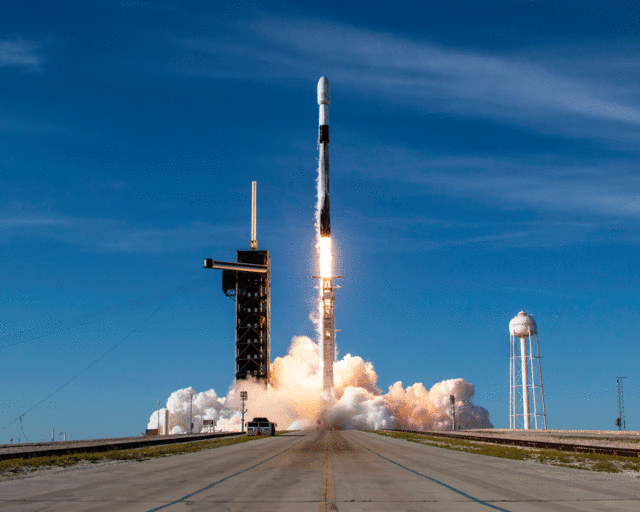
Space history
In 1965, France would become the third country after the USSR and the USA to put a satellite into orbit with its own launcher, the Diamant-A. This success stimulated cooperation with Germany and the UK on the Europa rocket programme which would lead to the creation of the European Space Agency (ESA) in 1975. France's Aérospatiale would go on to be the lead integrator on the Ariane programme, which became a key player in satellite launches.
In 2000, the integration of the space activities of Aerospatiale, Dasa and Matra Marconi into Airbus consolidated European expertise, enabling the development of ambitious projects such as the Galileo program and space exploration missions..
From the archives
In the spotlight
-
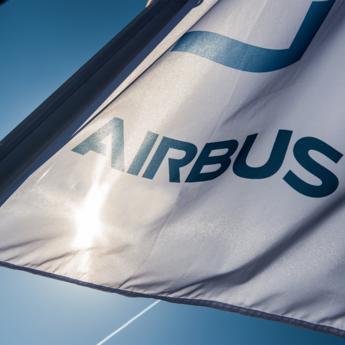 News Commercial Aircraft
News Commercial AircraftAirbus and Korean Air celebrate 50 years of partnership
This week marks the 50th anniversary of the long-standing partnership between Airbus and Korean Air. This dates back to 5 September 1974, when the airline placed its first order with Airbus for the… -
 Press releases Helicopters
Press releases HelicoptersAirbus finalises acquisition of Aerovel and its UAS Flexrotor
-
 Stories Defence
Stories Defence#EurofighterNextGen - Taking the Eurofighter to the next level
-
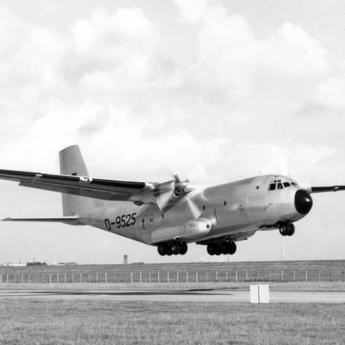 Stories Company
Stories CompanyThe Transall Turns 60
-
 Stories Company
Stories Company28 October, 50th Anniversary of the first flight of the Airbus A300
